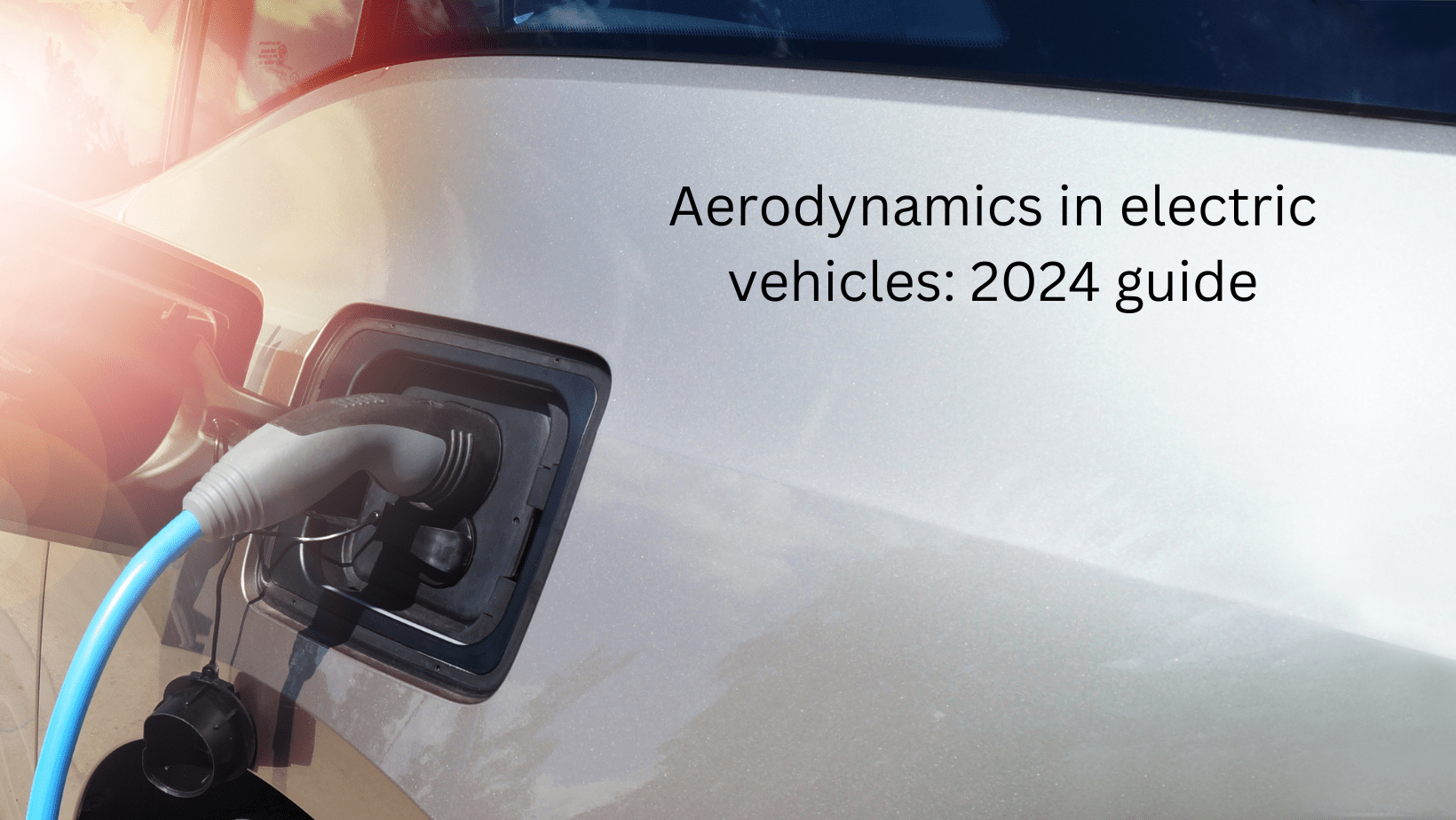Aerodynamics plays a pivotal role in automotive design, influencing everything from fuel efficiency to performance. In this exploration, we delve into various aerodynamic testing methods, unveiling their significance and application in the automotive world. Understanding these techniques not only enhances vehicle performance but also contributes to sustainable and efficient designs.

Key Takeaways
- Wind Tunnel Testing: A cornerstone in aerodynamic analysis.
- CFD Analysis: Harnessing the power of computer simulations.
- Track Testing: Real-world performance evaluation.
- Scale Model Testing: Cost-effective and insightful.
- Pressure Mapping: Understanding airflow dynamics on vehicle surfaces.
Wind Tunnel Testing: The Traditional Powerhouse
Wind tunnel testing remains a cornerstone in the realm of aerodynamics. Here, vehicles are subjected to controlled wind conditions, replicating real-world scenarios. This method offers precise measurements of aerodynamic forces and pressure distribution, crucial for optimizing vehicle design.
- Pros:
- Accurate and reliable data.
- Direct visualization of airflow patterns.
- Cons:
- High operational costs.
- Limited by the size of the tunnel.
For a deeper dive into how these principles are revolutionizing car design, check out Vortex Generators: Revolutionizing Aerodynamics in Automobiles.
Computational Fluid Dynamics (CFD): The Digital Frontier
CFD leverages advanced computer algorithms to simulate airflow around vehicles. This method allows designers to rapidly prototype and test various designs without the need for physical models.
- Advantages:
- Cost-effective compared to physical testing.
- Ability to test multiple scenarios quickly.
- Limitations:
- Requires high computational power.
- Accuracy depends on the quality of the models used.
Discover more about airflow’s impact on automotive design at Aerodynamics for Fuel Efficiency.
Track Testing: The Real-World Challenge
Track testing takes aerodynamic analysis to the real world, testing vehicles in their natural environment. This method offers invaluable insights into how design modifications perform under various driving conditions.
- Pros:
- Realistic performance data.
- Tests vehicle dynamics and aerodynamics simultaneously.
- Cons:
- Weather and environmental variables can affect results.
- Time-consuming and expensive.
Scale Model Testing: A Miniature Perspective

Scale model testing involves using scaled-down versions of vehicles, offering a cost-effective and practical approach to aerodynamic testing.
- Benefits:
- Reduced costs compared to full-scale testing.
- Useful for preliminary design assessments.
- Drawbacks:
- Scale effects can sometimes lead to inaccurate data.
- Limited in testing certain performance aspects.
For insights into underbody aerodynamics, explore The Surprising Benefits of Underbody Panels in Car Aerodynamics.
Pressure Mapping: The Detail Detective
Pressure mapping involves placing sensors across a vehicle’s surface to measure pressure variations. This technique is vital for understanding how air flows over a car and identifying areas of high drag or lift.
- Advantages:
- Provides detailed surface pressure data.
- Helps in pinpointing aerodynamic inefficiencies.
- Challenges:
- Requires numerous sensors for detailed mapping.
- Data interpretation can be complex.
Aerodynamic Testing Methods: Q&A
| Question | Answer |
|---|---|
| What is the purpose of aerodynamic testing in automobiles? | Aerodynamic testing aims to optimize vehicle performance, fuel efficiency, and stability by analyzing and improving how air flows around a vehicle. |
| Why is wind tunnel testing important? | Wind tunnel testing provides accurate, reliable data on aerodynamic forces and pressure distribution, essential for designing efficient and high-performing vehicles. |
| How does Computational Fluid Dynamics (CFD) benefit automotive design? | CFD offers a cost-effective, rapid way to prototype and test designs digitally, reducing the need for physical models and allowing for extensive scenario testing. |
| What are the advantages of track testing? | Track testing provides realistic performance data, capturing how a vehicle’s aerodynamics interact with other dynamic factors in real driving conditions. |
| Why use scale model testing in aerodynamics? | Scale model testing is a more affordable alternative to full-scale tests, useful for preliminary assessments and identifying potential aerodynamic issues. |
| How does pressure mapping contribute to aerodynamic testing? | Pressure mapping gives detailed information on airflow dynamics across a vehicle’s surface, helping identify areas of high drag or lift for further optimization. |
Conclusion: The Symphony of Testing for Aerodynamic Mastery
Aerodynamic testing in automobiles is a multifaceted field, combining traditional techniques with innovative technologies. Each method offers unique insights, guiding designers towards more efficient, high-performing vehicles. The future of automotive design hinges on the clever integration of these testing methods, balancing cost, accuracy, and practicality.





